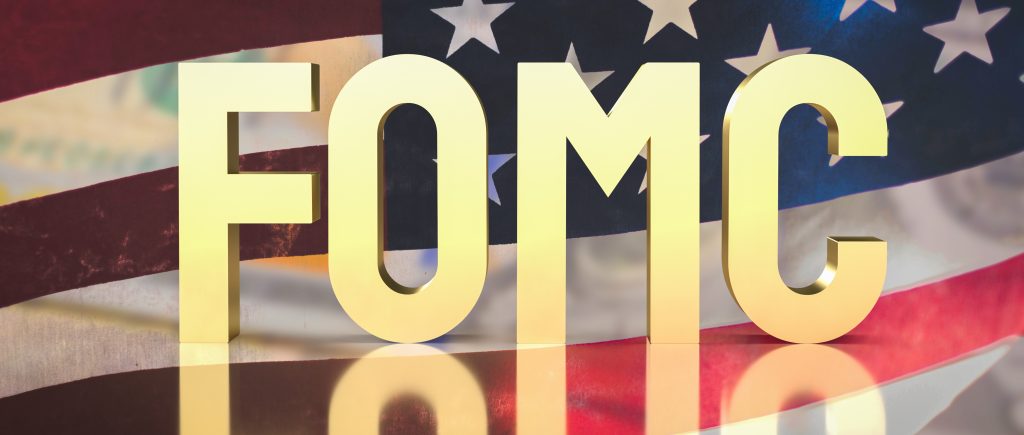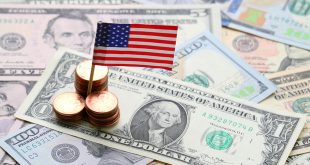On Wednesday, February 22, the first FOMC Minutes in 2023 will be released. Supported by aggressive Fed rhetoric and rising T-yields, the US Dollar Index is expected to record monthly gains.
The majority of traders and investors will scan the impending release for comments and quotes referring to the Fed’s potential return to 50 bps hikes. The Federal Open Market Committee’s (FOMC) policy meeting from January 31 to February 1 was recorded in the minutes within hours.
Following its first policy meeting of the year, the FOMC decided to raise the federal funds rate by 25 basis points to the range of 4.5 – 4.75% as expected. In its policy statement, the Fed reiterated that it would consider cumulative tightening, policy lags and economic developments in determining the extent of future rate hikes. Still, it noted that “ongoing increases” in rates will be appropriate.
During the press conference, FOMC Chairman Jerome Powell acknowledged that the disinflationary process had started and said that it was in the early stages. Market participants assessed this comment as a significant dovish shift in the Fed’s tone. Although Powell tried his best to convince markets that it will not be appropriate to cut rates this year, risk flows dominated the action and the US Dollar suffered heavy losses against its rival currencies.
Just a couple of days later, the US Bureau of Labour Statistics reported that Nonfarm Payrolls rose by 517,000 in January. With this reading surpassing the market expectation of 185,000 by a wide margin, hawkish Fed bets returned and investors started to consider the possibility of the Fed raising the policy rate one more time after March in light of tight labor market conditions.
Additionally, hawkish comments from FOMC policymakers triggered a leg higher in US Treasury bond yields and helped the US Dollar preserve its strength. According to the CME Group FedWatch Tool, markets are pricing in an 80% probability that the Fed will raise its policy rate by 25 bps in March and May.
Minutes, Market Implications
The US dollar’s positive performance in February has been driven by the impressive January jobs report and the hawkish Fed commentary that followed the report. The US Dollar Index remains on track to snap a four-month losing streak as it’s up nearly 2% this month. Hence, it would be fair to say that the Fed’s publication is likely to be outdated and unlikely to offer any fresh insights into the policy outlook.
Having said that, Cleveland Fed President Loretta Mester said last week that she saw a “compelling case” for a 50 bps rate hike at the last policy meeting. On the same note, “I was an advocate for a 50 bps hike and I argued that we should get to the level of rates the committee viewed as sufficiently restrictive as soon as we could,” St. Louis Fed’s James Bullard said.
At the most recent FOMC meeting, the 25 bps raise was approved by a unanimous vote, as far as we know. This year, Mester and Bullard are not voting members. It will be fascinating to observe, though, whether policymakers took the possibility of returning to rate rises of 50 basis points seriously if the low inflation rate turned out to be only momentary or if indicators on the labour market suggested the economy could withstand higher increases. Investors might begin to consider the likelihood of a 50 bps increase at the subsequent meeting if that is the case.
The CME Group FedWatch Tool indicates that the probability of a 50 basis point increase in March are currently at 20%, indicating that there may be a prolonged USD surge in the event that the Fed’s publication opens the door to such a move.
 Noor Trends News, Technical Analysis, Educational Tools and Recommendations
Noor Trends News, Technical Analysis, Educational Tools and Recommendations





